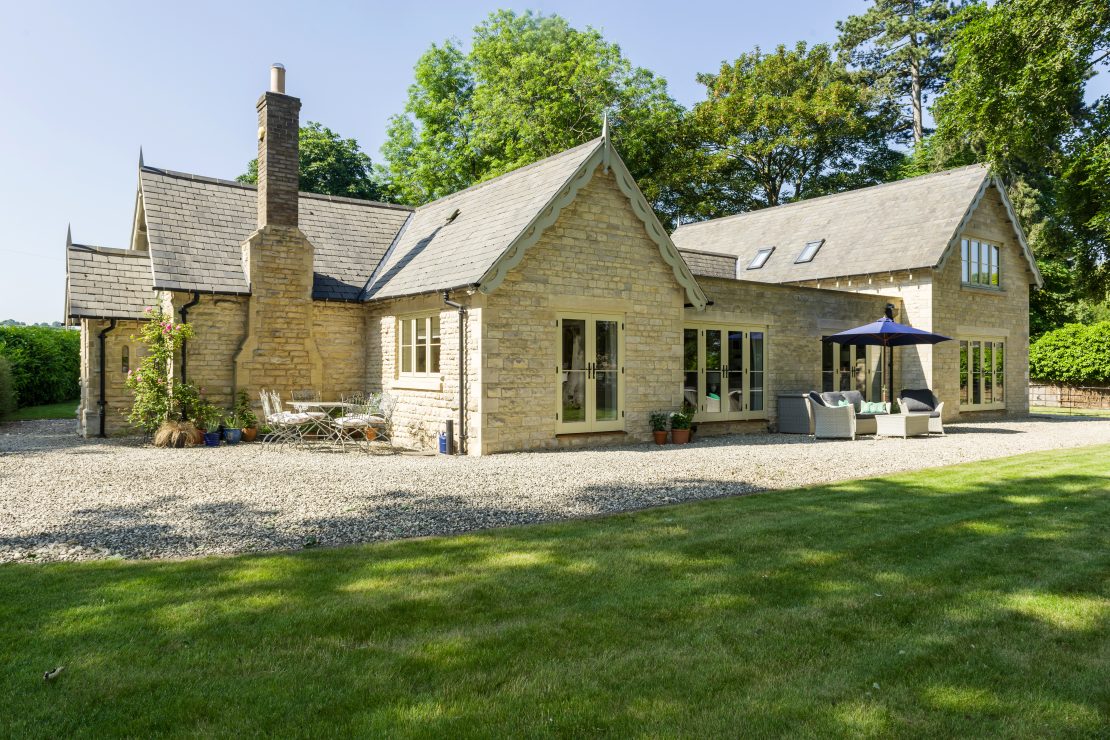January 19, 2018
Windows and doors contribute to the character of any property. For those properties that are listed, the windows and doors often contribute to the historic value. However, there will come a time when the windows and doors will need repairing or even replacing, as a window in disrepair doesn’t just ruin the look of the building, but can have an impact on energy efficiency, and security.

When it comes to repairing or replacing windows in a historic property, there is often confusion regarding whether they can only be repaired due to building and conservation orders. So what is the truth – can they be replaced?
The answer is yes they can be replaced, but the first option should always be to try and repair first. Historic England* advise that ‘an existing window in a listed building should only be replaced after it has been agreed with the conservation officer that it is truly beyond practical economic repair’.
When the windows and doors are beyond repair it is crucial that you source a replacement that is an accurate replica of the original in terms of design, craftsmanship and materials. Factors to take into consideration include:
- Replication of size, shape and the proportion of the window: The insertion of inaccurately sized or modern windows, whether in uPVC, galvanised steel or timber are almost always damaging to the fabric and authenticity of historic buildings. Plus these will not be accepted as a suitable replacement to historic windows in listed property.
- The accurate match of profiles: Any replacement window must be in keeping with the historic design and period features of the original. Precise matching of glazing bars is essential to create a sympathetic replacement. When a timber window manufacturer offers glazing bars, it is imperative that you clarify if they are to be fitted onto a single glazing unit or are structural.
- Authenticity of glazing: If a window is found to contain historic glass it should always be retained and reused wherever possible. Replacement glass can be sourced from specialist companies. There is an increase in demand for double glazing in historic buildings to help improve the thermal qualities of the building. Where it can be demonstrated that the significance of the building will not be harmed, then narrow cavity insulated glazing units (also commonly referred to as ‘Slim IGUs’) will be acceptable in certain circumstances. Here at George Barnsdale we follow the guidance set by the British Woodworking Federation (BWF), and the Glass and Glazing Federation (GGF), on the technical specification of narrow cavity insulated glazing units.
- Glass fixing methods: Linseed oil putty is the traditional material used to fix glass. However, linseed oil is putty not suitable for modern glazing units as it reacts with a component used within the seal of a sealed unit. To overcome this issue, and help to prevent any premature failure of the glazing unit, a reputable timber window and door manufacturer will look to replicate putty glazing through the use of modern materials. Internally beaded glazing systems are much more thermally efficient, but do not adhere to original aesthetics and glazing methods. To exactly replicate the aesthetics of the original window, George Barnsdale have developed an external putty glazing system, utilising modern materials to maximise performance.
- The finish: The use of non-traditional colours or modern stained finishes on replacement timber windows is not acceptable by most conservation offices. Historically, external joinery has a painted finish and this should be replicated on any replacement windows. Reputable window manufacturers have a ‘heritage range’ of colours and further information on appropriate colours can be found on English heritage website.
Top Tips:
Where possible look to improve the thermal efficiency of any replacement window. With slim sightlines, narrow cavity insulated glazing units (i.e. slim IGUs) provide a compromise between energy efficiency and authenticity.
*Historic England publication of Traditional Windows – Their Care, Repair and Upgrading.
They provide guidance on how to replace them ensuring they replicate the existing window components, including jambs, cills and glazing bars.




















